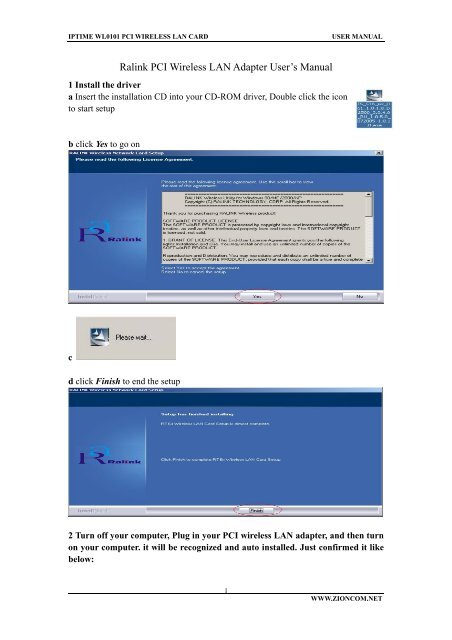
The overall speed typically doesn’t match wired networking, and in some cases, Wi-Fi connections. The idea here is to provide network connectivity to devices outside the Wi-Fi range without draping Ethernet cables all through the home or office. Powerline transmits data between 2MHz and 86MHz but ignores the power-based frequencies. In the case of Powerline, AC power transfers at 50Hz or 60Hz, depending on your electrical system. This is accomplished by transmitting data at a higher frequency than the telephone service. Digital Subscriber Line, or DSL, uses existing telephone wire to bring internet connectivity to a home or office. It also supports the longest distance of the three, though performance heavily depends on the overall electrical wiring and devices pulling power. Rather than shoot network data into the air or through cables draped along baseboards, it uses the existing electrical wiring in a home or office. Powerline networking is a technology that sits between wired and wireless. We explain what this networking solution does, along with its benefits and drawbacks.

In a nutshell, Powerline provides the best of both worlds by using the existing electrical wiring in a home or office. Ethernet provides the best speeds but looks ugly draped from devices and running along floorboards. Wi-Fi doesn’t always work as expected, and it’s not your only networking option.


 0 kommentar(er)
0 kommentar(er)
